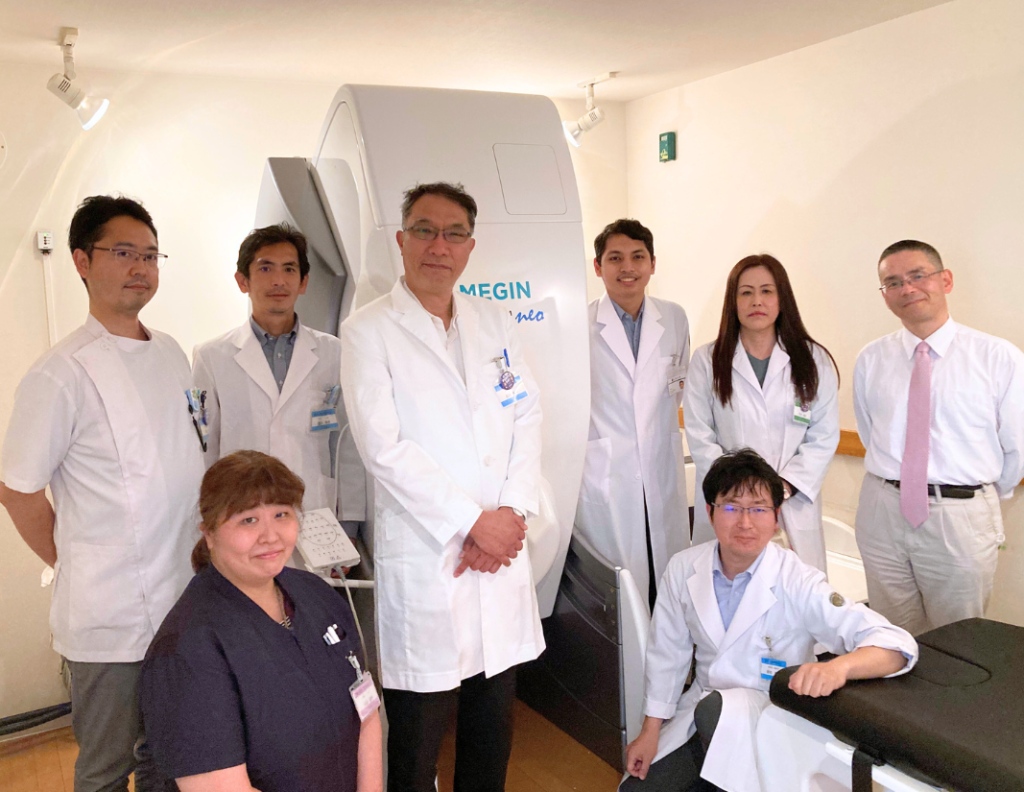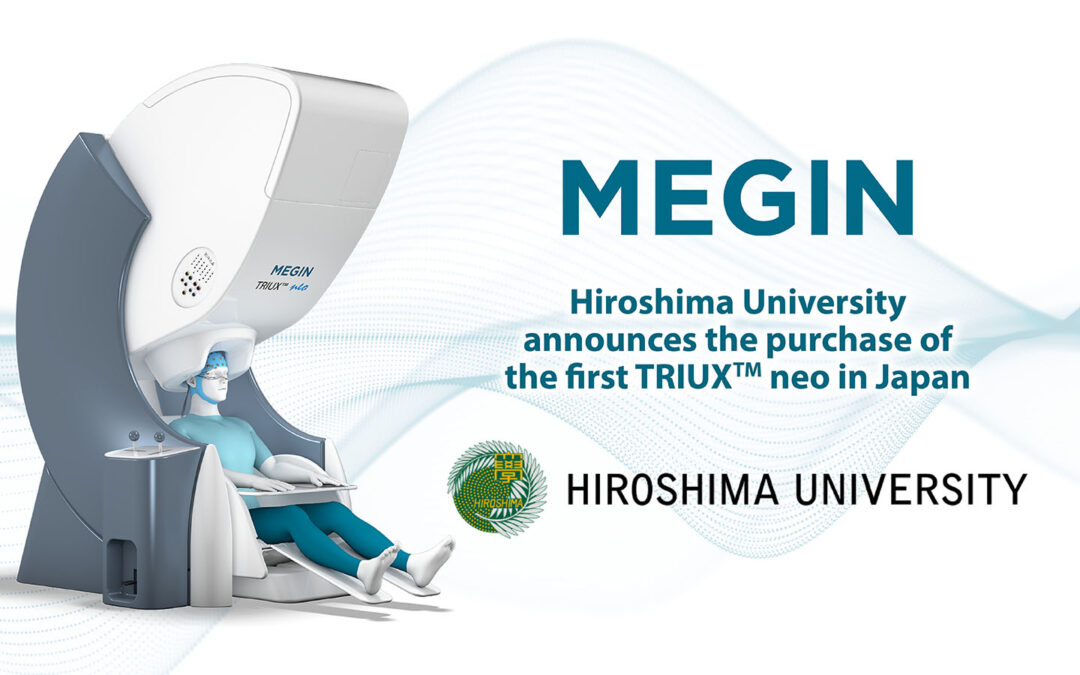Hiroshima University Hospital press release – an announcement from our customer-partner
Hiroshima University Hospital established its Epilepsy Center in January 2014. The Epilepsy Center has since been responsible for providing tertiary medical care as part of the epilepsy treatment network in Hiroshima Prefecture and across the Chugoku and Shikoku regions.
A detailed medical history is crucial in diagnosing epilepsy. Information may be gathered not only from the patients themselves but also from their family members. Based on this, epilepsy is diagnosed through methods such as electroencephalography (EEG), MRI/CT scans, nuclear medicine tests (SPECT/PET), and magnetoencephalography (MEG). Since the introduction of the magnetoencephalograph at Hiroshima University Hospital in March 2000, we have performed over 4,000 examinations. The majority of these have been for patients with epilepsy, playing a particularly important role in preoperative testing for epilepsy surgery.
At our facility, Dr. Akira Hashizume developed the MATLAB program hns_meg (http://meg.aalip.jp/) to facilitate high-speed analysis in response to increased examinations.* However, the magnetoencephalograph’s vulnerability to specific noise and the recent surge in helium prices, which increased operating costs, have posed significant challenges. Through our initial experience with the TRIUX™ neo, we have found that these concerns have been addressed. The TRIUX™ neo’s ARMOR™ sensors are robust against noise and do not require additional tuning throughout the examination. The included Internal Helium Recycler (IHR), managed by a regular maintenance schedule, recirculates helium, eliminating the need for additional supply as in the past. This realization makes sustainable magnetoencephalography possible.
The Epilepsy Center at Hiroshima University Hospital has advanced to a new stage in the invasive exploration of brain function by introducing robotic technology for stereotactic electroencephalography. Similarly, the TRIUX™ neo has advanced non-invasive exploration to a new stage. We are confident that magnetoencephalography has now entered a next stage,” concludes Hiroshima University Hospital.
“We are proud to continue to be the MEG technology utilized at Hiroshima University Hospital, and that the institution decided to upgrade to the TRIUX™ neo. This is the first TRIUX™ neo installed in Japan, and this an exciting development in the region to continue to collaboratively grow the field of MEG. We look forward to sharing updates on how the TRIUX™ neo supports Hiroshima University Hospital’s excellent epilepsy program and enhances patient care,” says Craig Shapero, CEO, MEGIN.

About MEGIN
MEGIN is a neuroscience technology company based in Helsinki, Finland. The company is focused on developing innovative solutions for functional brain mapping for the presurgical evaluation of epilepsy, brain tumors or other lesions of the brain. For over 30 years, MEGIN has been the global leader in magnetoencephalography (MEG) technology. The TRIUX™ neo provides a non-invasive, real-time view of patient-specific neural activity with millimeter accuracy and millisecond resolution, providing the most precise information currently available on the market.
Copyright 2023 © MEGIN – TRIUX™ neo is available for sale in the European Union, UK, Japan, Canada, the United States, as well as certain other countries. In other geographical areas, contact your local MEGIN representative. TRIUX™ neo is approved for use to non-invasively localize regions of epileptic activity within the brain and, in conjunction with other diagnostic data, in neurosurgical planning.
*The reference to MATLAB program hns_meg (http://meg.aalip.jp/) is selected only for information purposes for our customers and MEGIN assumes no responsibility for its use with the MEGIN’s MEG systems.
Website
Media Contact

